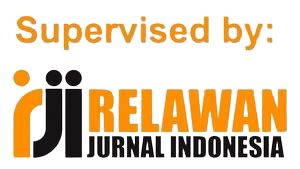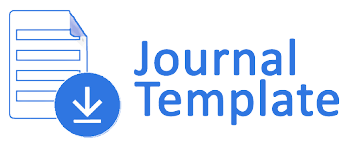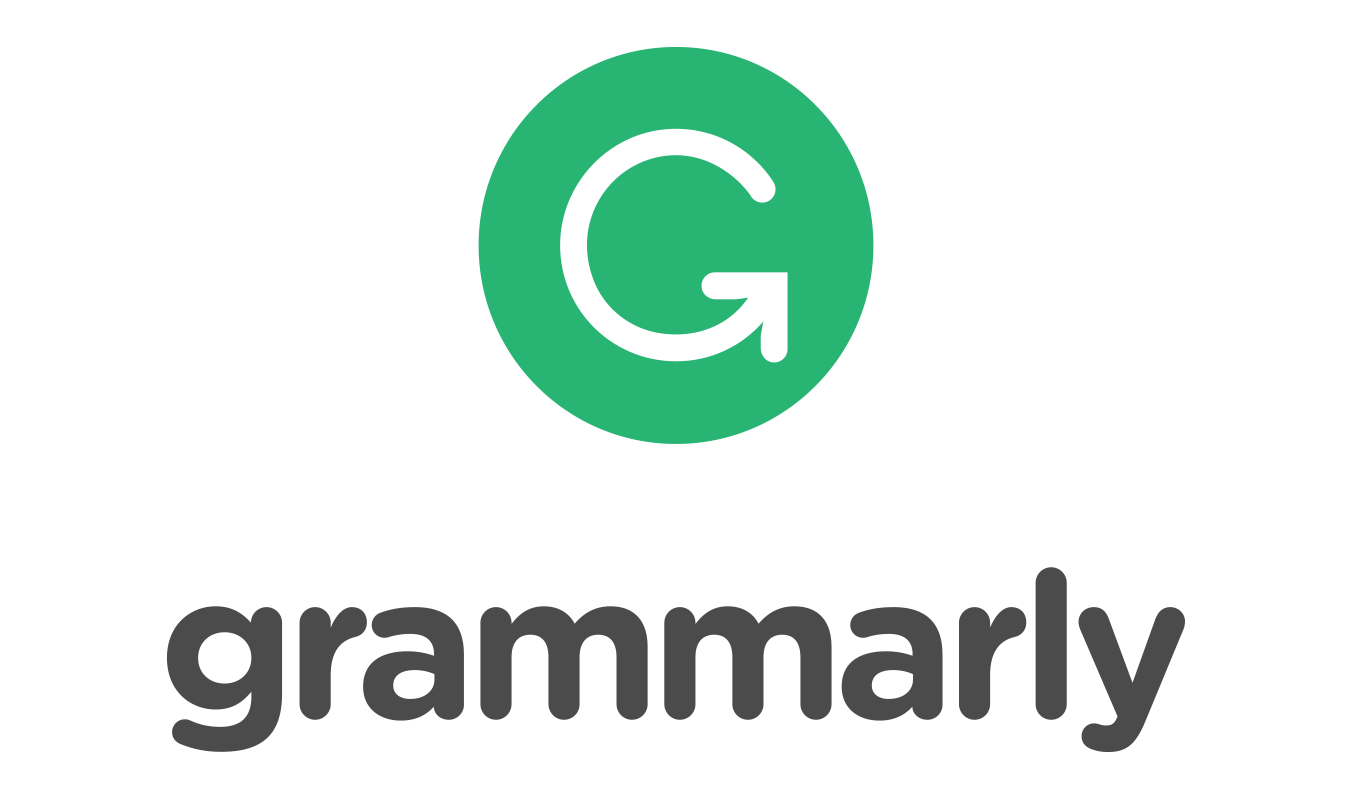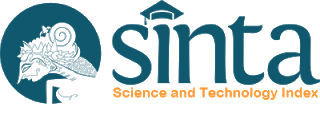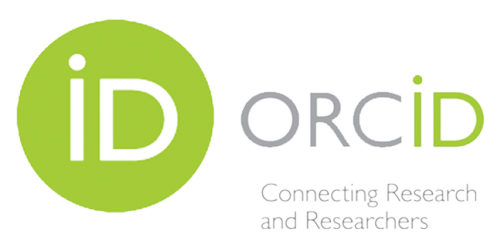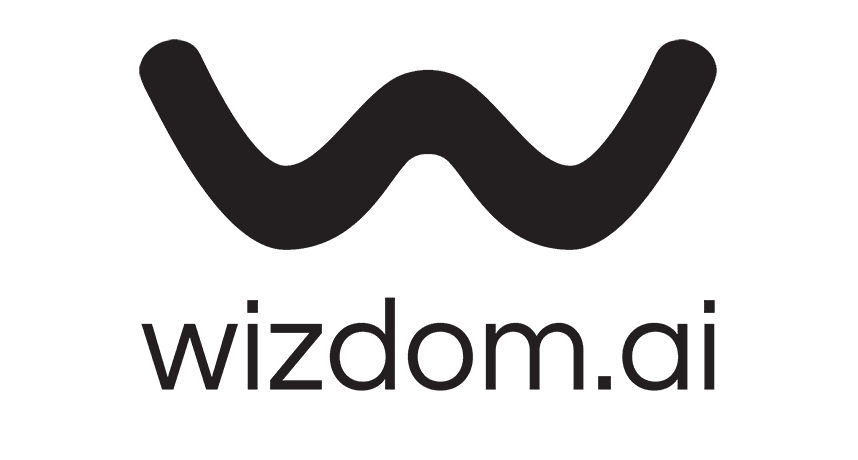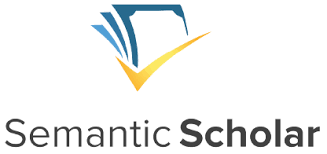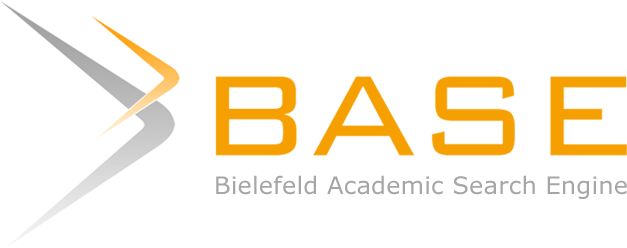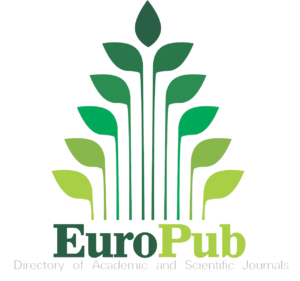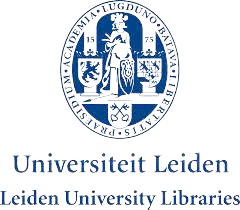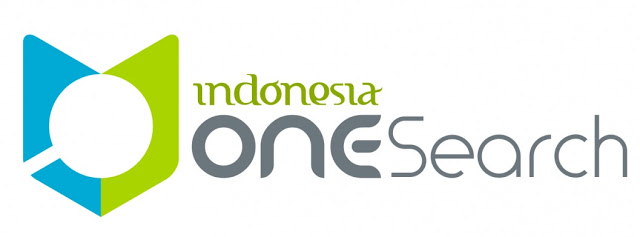Author Guidelines
Journal of Applied Management Research E-ISSN: 2797-2917 is an electronic journal published by the Graduate School of Sahid University that publishes twice in a year on June and December. It consists of seven articles and accepting articles in the fields of applied management with the standard of research method for publication. The articles can be written by researchers, academics, practitioners, and observers in the field of Applied Management.
GENERAL GUIDE LINES
- All manuscripts must be submitted through Online Journal System Portal http://jurnal.usahid.ac.id/index.php/jamr.
- The article is original guaranteed by the writer and is not published in the other journals or proceedings.
- The author submitting a manuscript does have an understanding that if the corresponding paper is accepted, then the copyright will be assigned to the Journal of Applied Management Research (JAMR) of the Graduate School of Sahid University as the publisher of the journal. To do so, we obliged the author to submit the signed Copyright Transfer Agreement (CTA) form.
- The article's contribution toward the development of science and technology is from the new findings/ideas/opinions which prioritize the current primary references at the latest ten years. We expect the author to clearly give a statement of novelty within an introductory section.
- The article is an empirical study. The sharpness of critically analysis and synthesis is prioritized.
- The review process is conducted in a double-blind review process with the peer group system, which is reinforced by the qualified reviewers in their field.
- The article is written according to the rule of the Journal of Applied Management Research (JAMR) and an editorial team reserves the right to revise the style of writing with a note that it does not change the intent and quality of the article.
- Manuscript articles that use primary data research or experiment must also include the surveys document as the supplementary document.
- Authors are obliged to send the results of data processing as well as tables and the original image file via email.
- Results of the review articles process can be:
- Accepted with minor revisions.
- Received with major revisions.
- Suggested sent to another appropriate journal.
- Rejected.
Peer Review Process
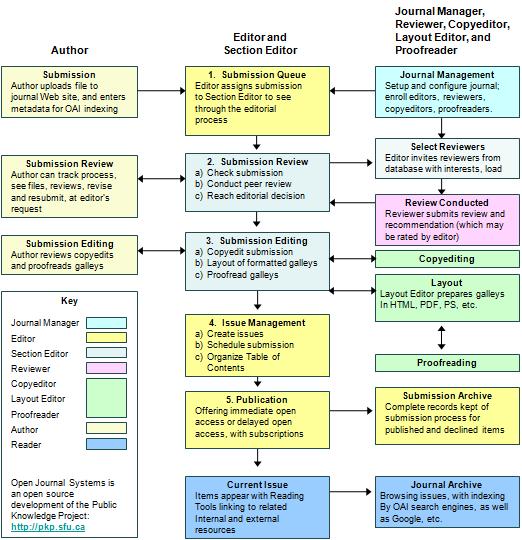
SPECIFIC GUIDELINES
A. The Writing Guidance
- The article is well-written in English or Bahasa Indonesia. The writing of foreign language is italicized. Typed single space for the abstract, content and references. Written by font Arial 11pt size and indent for paragraphs is 1cm.
- The paper size is A4 (210 x 297mm), it is one column and the page setup is: top margin 2.5cm; bottom margin 2.5 cm; left margin 2.5cm and right margin 2.5 cm.
- The font size for the title is Arial 14pt; maximum of 15 words, it is capitalized each word, bolded and left justified.
- After the title, it is followed by the author (without the title). It is Arial 10pt, capitalized each word, without bolded and left justified.
- Under the author, it is the institution and the email at Arial 10pt, capitalized each word, without bolded and left justified. For example: the Graduate School of Sahid University.
- Correspondence address of author is listed on the left under Indonesian abstract for articles in English, accompanied by a corresponding email address. For example: Jln. Jendral Sudirman No. 86, Jakarta 10220. E-mail: mawar.melati@gmail.com.
- The font size for the sub-part in the article is Arial 11pt, capitalized each word, bolded and left justified and without any bullet and numbering.
- The total page does not exceed 12 pages, including the references and appendices (if any).
- Table. All table form as an example, without a vertical line. Table title is placed on the table with left justified;
For example:
Table 1. F Test
Model | Sum of Squares | Df | Mean Square | F | Sig. |
1 | Regression | 3.960 | 2 | 1.980 | 6.417 | .002a |
Residual | 70.036 | 227 | .309 | | |
Total | 73.996 | 229 | | | |
- Figure
Writing the title of figures and graphics placed under the pictures with left justified.
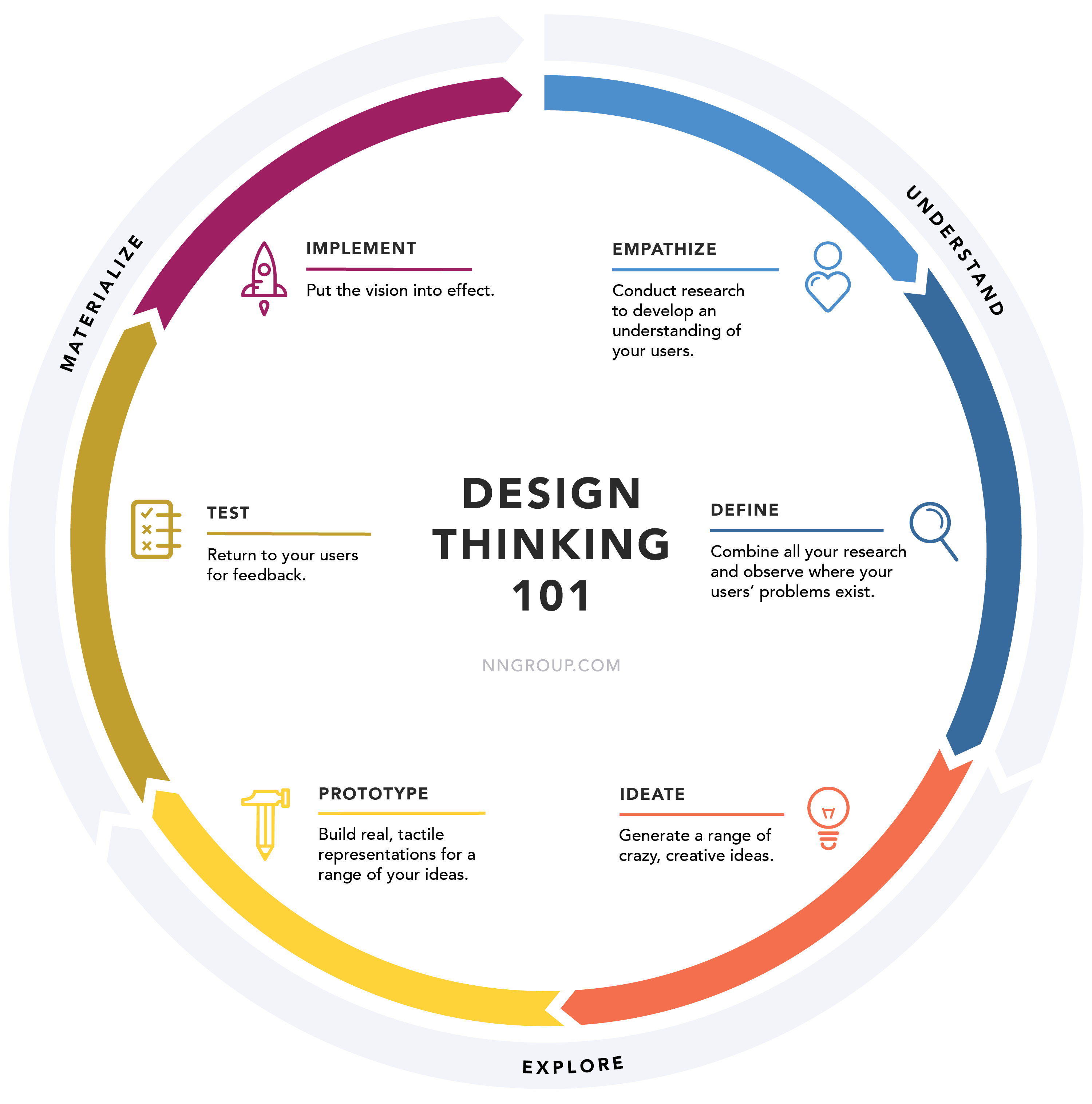
Figure 1. Framework of Thinking
B. The Article Systematic
The article systematic includes:
- the title;
- the identity of the author (without a title);
- abstract;
- keywords;
- introduction (without sub-sections);
- literature review;
- method;
- result and discussion;
- conclusion;
- references.
C. The Article Format
- Title. The title must be interesting, specific and informative, which is measured by directness in writing.
- The author's identity. It includes the author’s name (without the title), the institution, the correspondence address, and the email.
- Abstract. It is written in not more than 200 words, in two languages; Bahasa Indonesia and English. Abstract in English is written first and then abstract in Bahasa Indonesia. The abstract should include the purpose of the research, data/object of research, method, result or conclusion.
- Keywords. The keywords should be written in English and Bahasa Indonesia. Keywords should be chosen carefully and are able to reflect the concepts/variables contained in the article, maximum of 5 keywords.
- Introduction. It contains the state of arts of the research, which consists of the background of the study, the purpose of the study, the research gap, the novelty, and the objectives of the study. It is written in the form of paragraphs.
- Method. It consists of the research design (the method, the data, the data source, the data collecting technique, the data analysis technique, and the measurement of the variable) that is written in the form of a paragraph.
- Result and discussion. Contains the results of empirical or theoretical study written by systematic, critical analysis, and informative. The use of tables, images etc. only to support or clarify the discussion and is confined only to support substantial information, eg, tables of statistical tests, the results of model testing etc. Discussion of results should be argumentative regarding the relevance of the results, theory, previous research and empirical facts, as well as demonstrate the novelty of the findings.
- Conclusion. It consists of the conclusion, clarity of new findings, new theories and the possibility of future research development.
- References. Bibliography of at least 15 references, sourced from publications within the last 10 years. The references are expected to be 60% from the primary sources originating from national and international journals. Write references that really referenced in the article and arrange them alphabetically. Writing citations that are referenced in the manuscript should use reference application (reference manager) Mendeley. Also, the format for the references are using the referencing style from American Psychological Association (APA).
Example of references:
For academic journals:
Toby, A. (2006). Empirical Study of The Liquidity Management Practices of Nigerian Banks. Journal of Financial Management & Analysis, 19(1), 57-70.
Utomo, B. S. (2012). Model Peningkatan Kinerja Inovatif Dalam Konteks Teknologi Informasi. Jurnal Dinamika Manajemen, 3(2), 132-138.
Garriga, E., & Melé, D. (2004). Corporate Social Responsibility Theories: Mapping the Territory. Journal of Business Ethics, 53(1-2), 51-71.
For books:
Luthans, F. (2011). Organizational Behavior: An Evidence-Based Approach. United States: McGraw-Hill.
Ferdinand, A. (2014). Metode Penelitian Manajemen Pedoman Penelitian untuk Penulisan Skripsi, Tesis, dan Disertasi Ilmu Manajemen. Semarang: Undip Press.
For papers in seminars:
Nugroho, W. S. (2010). Pengaruh Mekanisme Corporate Governance terhadap Manajemen Laba di Bursa Efek Indonesia. Prosiding. Disajikan pada Seminar Akbar Forum Manajemen Indonesia “Management Future Challenges”, Fakultas Ekonomi dan Bisnis Universitas Airlangga, Surabaya, Indonesia, 02 -03 November 2010.
Rozemeijer, F. A & Van Weele, A. J. (2005). Making the Most of Corporate Purchasing: Understanding Organizational Behaviour, in Calvi, R. and Merminod, N., Researches in Purchasing and Supply Management, Proceedings. Presented at the 14th IPSERA Conference, Archamps, France. 893 -903.
For unpublished thesis or dissertation:
Dwipayana, K. (2011). Dampak Peristiwa Pengesahan UU No 25 Tahun 2007 Tentang Penanaman Modal pada Harga Saham di Bursa Efek Indonesia. Unpublished Thesis. Surakarta: Universitas Sebelas Maret.
Masitho, Nurul. (1998). Pengaruh Unsur-unsur Motivasi Kerja terhadap Prestasi Kerja Karyawan Operasional pada Perusahaan Sepatu yang Go Publik di Jawa Timur. Unpublished Thesis. Surabaya: Program Pascasarjana Universitas Airlangga.
For internet sources:
Endra. (2014). Pola Kecenderungan Memetakan Potensi CSR di Indonesia. Available at: http://lingkarlsm.com/pola-kecenderunganmemetakan-potensi-csr-di-indonesia/. 30 Maret 2015.
Government official documents:
Undang-Undang Republik Indonesia Nomor 40 tahun 2007 tentang Perseroan Terbatas pasal 74 ayat 1.


